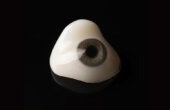The Beguiling, Bizarre World of Midcentury Self-Help Records
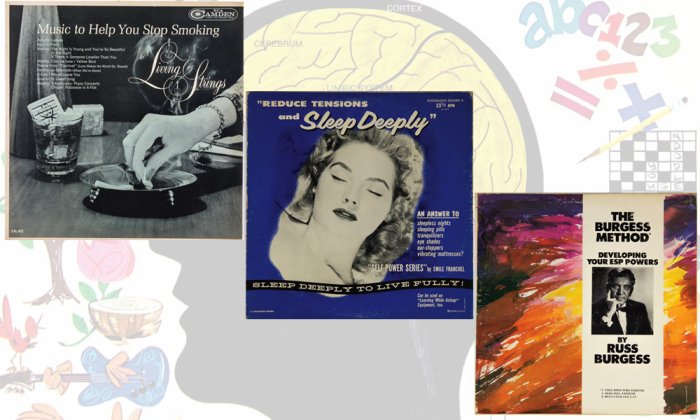
For midcentury Americans who wished to better their golf game through hypnosis, teach their parakeet to talk, or achieve sexual harmony in their marriage, the answers lay no further than the record player. In their book “Designed for Success,” Janet Borgerson and Jonathan Schroeder shed light on these endearingly earnest albums that contributed to a powerful American vision of personal success. Rescued from charity shops, record store cast-off bins, or forgotten boxes in attics and basements, these educational records reveal the American consumers’ rich but sometimes surprising relationship to advertising, self-help, identity construction, and even aspects of transcendentalist thought. The following excerpts are drawn from a longer chapter on records that promise to expand your mind for success.
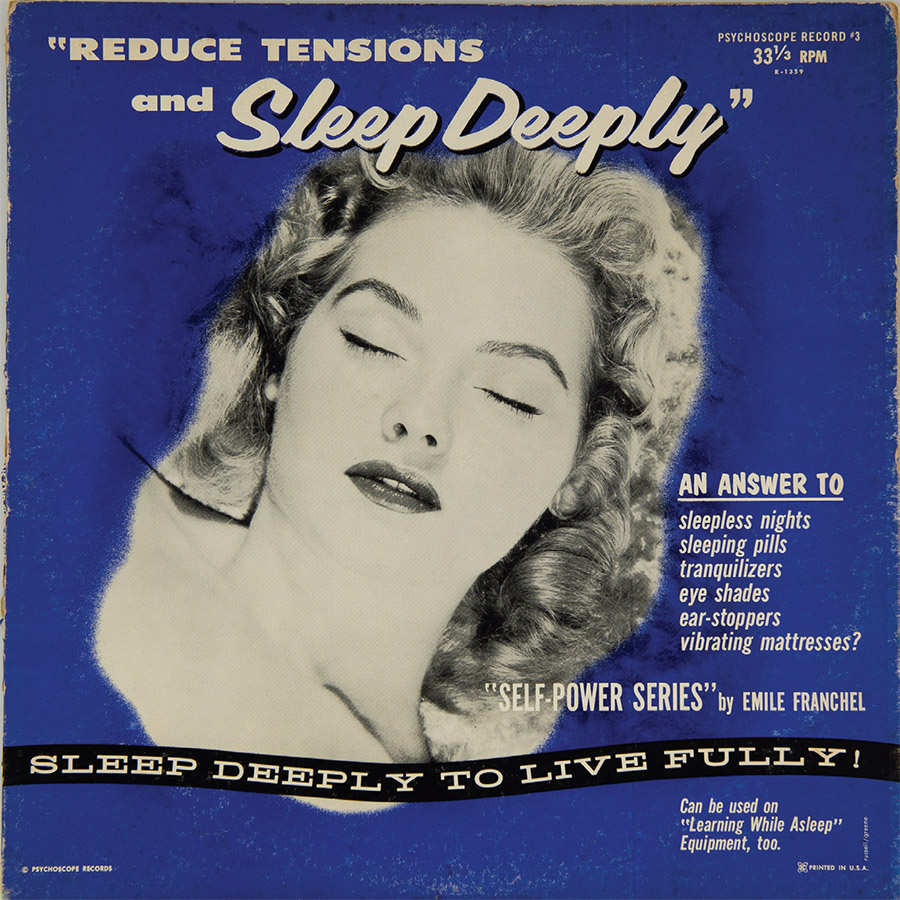
An album from hypnotist and pioneer in “hypo-anesthesia” Emile Franchel, REDUCE TENSIONS AND SLEEP DEEPLY was listed for a pricey $9.50 on its release in 1958. Buyers received a “highest ‘Hi-Fi’ quality” record, “pressed from virgin, vinylite under several exclusive, superior patents.” What’s more, it was pressed on translucent red vinyl! The notes urge the listener to “use the recording often. Learn to relax, to sleep at will, to feel better in mind, spirit and body, and to release the hidden forces within you.”
The cover’s busy graphic style looks like a 1950s romance magazine image. For instance, the scripted font of “Sleep Deeply” resembles the font used by the midcentury magazine Romance. The lovely, languid model framed in calming blue on the cover serves as inspiration to “sleep deeply to live fully!” The extensive liner notes include a section on “self-power,” described as “a psychological technique designed to bring forward and into full use the tremendous powers that normally lie dormant within the subconscious parts of the mind.” Promises abound: that “this record can help the poor sleeper break the habit of sleeplessness,” and, optimistically, that “this record could help the subconscious solve conflicts without effort, during sleep!” The listener is instructed to “use Side #1 for daytime conditioning” and “Side #2 for lighter daytime relaxation.” In a bit of cross-promotion, listeners are urged to collect a full set of title’s in Franchel’s Self-Power titles: “Play the Relaxation record and other recordings of your choice — saving Sleep Deeply to be played last of all.” Upon listening to “Sleep Deeply,” the last thing we heard was, “Your arms are growing heavy. Very heavy. You are going deeper, even more deeply asleep.”
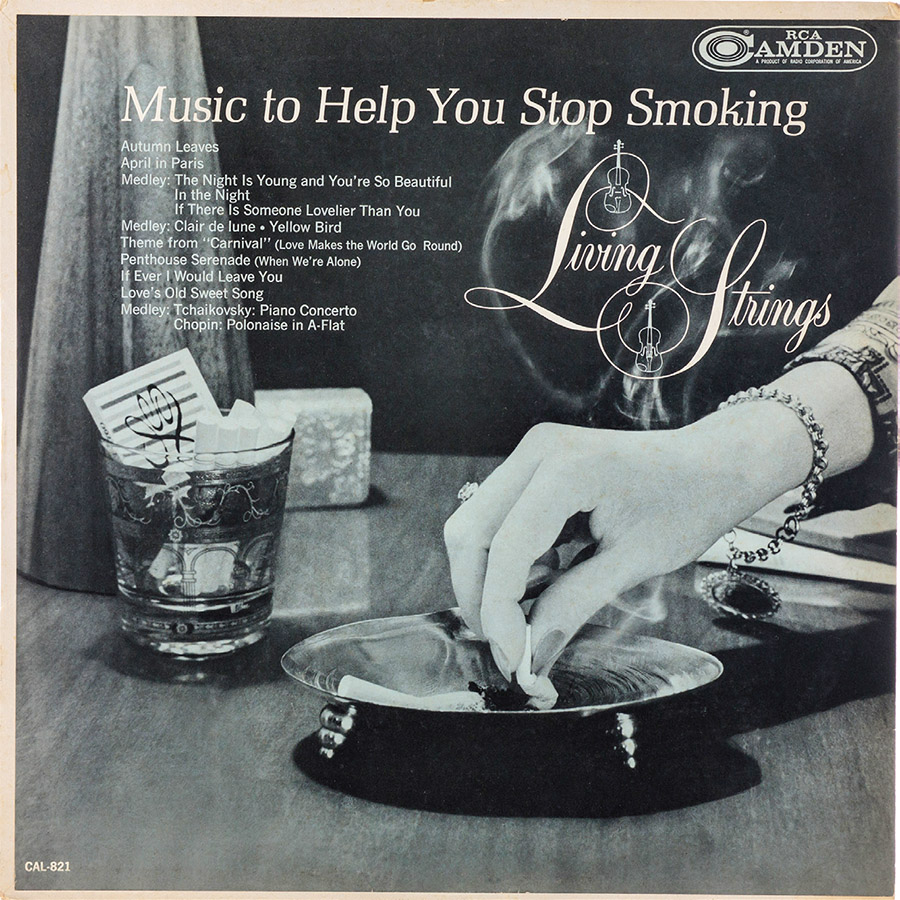
The cover of MUSIC TO HELP YOU STOP SMOKING features a woman’s bejeweled hand in the act of stubbing out a cigarette, its smoke swirling up from a metallic ashtray. A cocktail glass filled with cigarettes and some matches sit nearby under a modern wooden lamp. The “Living Strings” logo, complete with two graphic violins, hovers over her hand. If you bought “Music to Help You Stop Smoking” hoping for tips and techniques, you would have been disappointed — the record features the Living Strings playing a selection of standards and classical piano music.
The Living Strings were a creation of RCA producer Ethel Gabriel. They released dozens of easy listening albums, usually based on a particular theme, such as “Living Strings Play South of the Border” (1962) and “I’m a Believer and Other Monkees Hits” (1967). The liner notes provide the sole hint of the album’s message: “Only will power will help you stop smoking. But this music will help your will power.” The numbers include “Autumn Leaves,” “Clair de Lune,” and Chopin’s “Polonaise in A-Flat.” The notes promise the listener that the music “is so entertaining and the songs are presented in so fascinating a way that it will relax you, make you feel good, and keep your hand from groping toward a pack of cigarettes.” Perhaps the record exemplifies RCA’s belief in the power of music — or it may represent just another way to repackage easy-listening discs.
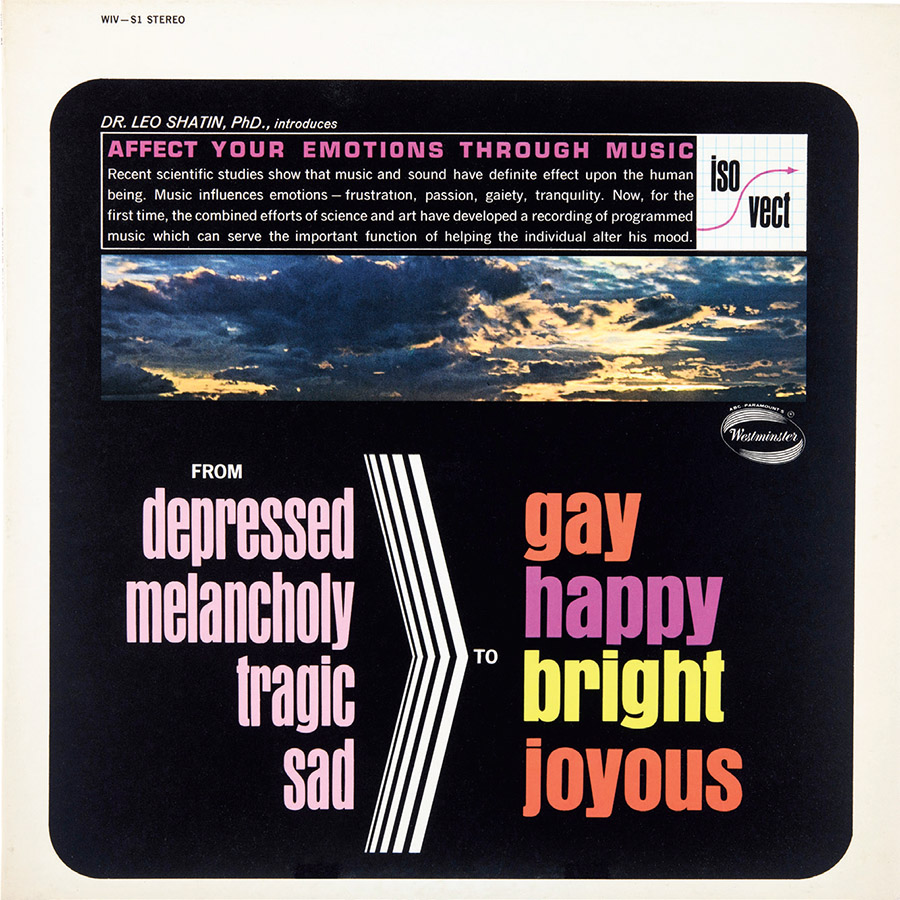
Threatening storm clouds transform into a dramatic golden sunset in the transition FROM DEPRESSED, MELANCHOLY, TRAGIC, SAD TO GAY, HAPPY, BRIGHT, JOYOUS on the first record in the Affect Your Emotions through Music series from Westminster. Also mapping this shift: a pallid Pepto-Bismol pink compact font glides toward expansive, bright red, yellow, and purple lettering. Jules Maidoff, a successful commercial illustrator who later founded an art school in Italy, designed the covers. (A thorough typographic analysis of the series can be found on the Fonts in Use website.) The cover’s “iso/vect” symbol, a curved arrow vector rising through a small graph, suggests a scientific background, and the technical liner notes do not disappoint, touting “accurate and systematic observations” and introducing two principles: “The ISO proposition, or the matching of mood to music; and the VEC(TOR) principle, the change in direction and magnitude of that music toward the desired level of affect or mood.” Not to be confused with easy-listening genres, “the groupings, dimensions and goals of this ISO/VECT series must be completely divorced from the commonly heard ‘mood music,’ as for example ‘music to read by’ or ‘to drive by’ or ‘to swim by.’”
“Affect your emotions through music,” urge the liner notes. As ISO/VECT promoter and liner note author Leo Shatin PhD, states, “Music has been increasingly employed for psychological purposes since World War I, and especially since World War II.” (Shatkin’s own writings include 1954’s “A Study of the Relationship Between Music and Post-Electroshock Awakening.”) On side 1, music evoking a damped-down melancholy mood — low, plodding requiem strings swelling into meaningful pauses and long tones dominated by brass, flute, and reed — evolves toward scurrying notes of all kinds building through Bolero-like tension to crashing cymbals and a slam bang finish. Side 2 includes quick step rhythms, floating flute, cascading piano, and quirky percussion instruments to “maintain joyous mood.” If not quite joyous, certainly bright.

The enthusiastic and often capitalized liner notes for THE BURGESS METHOD: DEVELOPING YOUR ESP POWERS, begin: “Can you read minds? Predict the future? Find lost articles? Russ Burgess, parapsychologist, hypnotist, suggestologist and lecturer strongly believes it is possible.” Burgess, we are told, “has come to the conclusion that ESP (extrasensory perception) is more an art form than a science.” Hedging his bets, perhaps, he also calls upon “the science of Suggestology,” to develop his listeners’ psychic abilities. How? “The Burgess Method is a new, revolutionary system offusing physiological and psychological factors by rejuvenating the entire system with controlled, rhythmic Yoga Breathing, a Head Roll exercise plus employing the science of suggestology.”
What in the world is “suggestology”? One commentator suggests, “Maybe a suggestologist is someone who makes money by suggesting that you can develop non-existent powers by listening to what sounds suspiciously like a hypno-relaxation record.” Whatever it is, Burgess says, “it’s better than hypnosis.” Burgess was a popular entertainer, er, psychic who, in his heyday, performed at county fairs, medical conventions, and universities, as well as on “The Ed Sullivan Show” and “Captain Kangaroo.” He also reportedly taught stress management and meditation at Northeastern University.
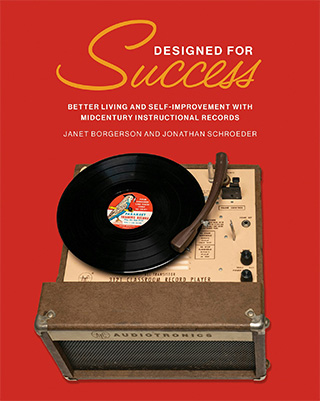
The Burgess Method features an impressionistic cover by Lee-Myles Associates, a New York-based advertising and design firm that promoted Folkways records to mainstream media. The package contained three mimeographed inserts — “The Burgess Method: What Is It? How Can It Help Me?,” “Stop Smoking Today” on “Russ Burgess Parapsychologist, Hypnotist” stationery, and “Instructions for Breathing Exercise.” Included are “some recent comments,” such as “I feel that your method is truly one of greatness. My wife and I have had much success with it. Mr. Leroy Banger — Oregon.” Other Burgess records include “Lose Weight and Keep it Off” (1972), “Meditation for Western Man” (1973), and “Stop Smoking Today” (1972), available at the time for three dollars, from Burgess himself.
The record begins with Russ insisting, in a slightly nasal voice, “If you have a sincere desire to manifest psychic experiences,” the recording will “open the door to a more exciting and fruitful life.” He promises that his method will bring forth your “latent psychic abilities.” He informs the listener, “The process on this record has taken many years of experimentation and it has assisted many to more exciting and fascinating experiences. . . . You are not engaging in the realm of the occult, witchcraft, black magic, or voodoo,” Burgess reassures. “ESP is a form of creativity.” Developing Your ESP Powers was also released on ABP Records, which evolved into American Program Bureau, a speaker agency featuring such notables as Ellen DeGeneres, Cornel West, and Sophia — the world’s very first humanoid celebrity.
Janet Borgerson is Senior Wicklander Fellow at DePaul University.
Jonathan Schroeder is William A. Kern Professor in the School of Communication, Rochester Institute of Technology.
Borgerson and Schroeder are coauthors of “Designed for Hi-Fi Living: The Vinyl LP in Midcentury America,” “Designed for Dancing: How Midcentury Records Taught America to Dance,” and “Designed for Success: Better Living and Self-Improvement with Midcentury Instructional Records,” from which this article is adapted.

